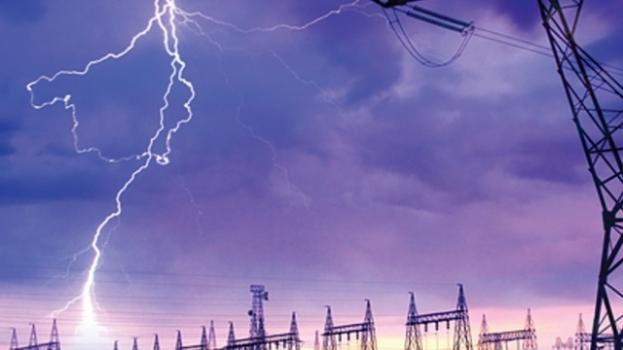Electric energy is derived from electric potential energy that has been fully transformed to its end-use.
The common term for electric energy is "electricity" or "power". Today, global challenges are to find new and alternative sources of energy; they can include the human body as a power source or wireless phone charging.
Electric energy is stored in electric fields, which are created by charged bodies in the space that surround it. The charged bodies exert force on the other charged particles in the electric field. These charged particles are potential energy, meaning they have the potential to work, meaning they can be transformed into electricity.
It is British scientist Michael Faraday that discovered the principles of electricity generation in the 1820s. His method is the one that is still used today: electricity is generated by the movement of a loop of wire or a disc of copper between the poles of a magnet.
Electricity is most often generated at a power station by electromagnetically generators, which are mainly driven by heat engines fueled by chemical combustion or nuclear fission. They can also be driven by other means such as the kinetic energy (flowing water and wind). There are many other technologies that can be and are used to generate electricity, such as geothermal power or solar photovoltaics.
Indeed, photovoltaic panels convert sunlight directly to electricity. The only downside to this method is that solar electricity is still expensive to produce due to the high cost of the panels. Photovoltaics are most commonly used as a supplemental source of electricity for individuals or businesses. However, growing subsidies driven by environmental concerns have increased the use of this type of energy, especially in Germany, Japan and the US.
Once converted from potential electric energy, it becomes another type of energy.
It is a type of final energy, meaning the last step of the transformation process has been achieved, and the end-user can fully make use of it.






